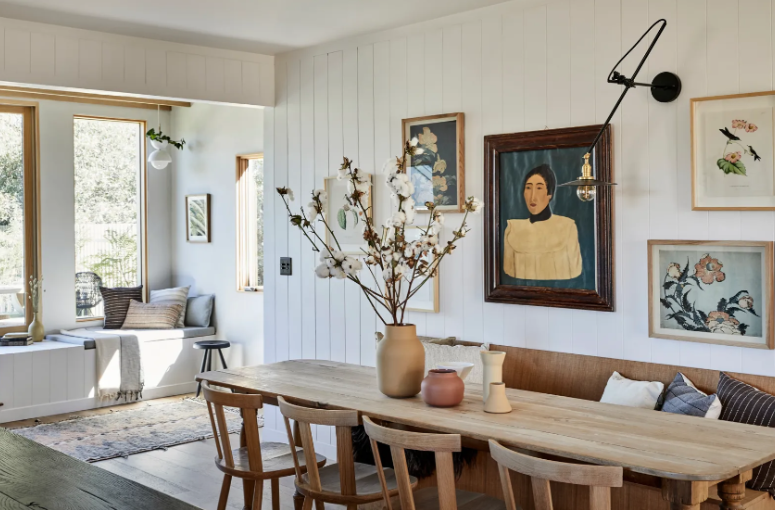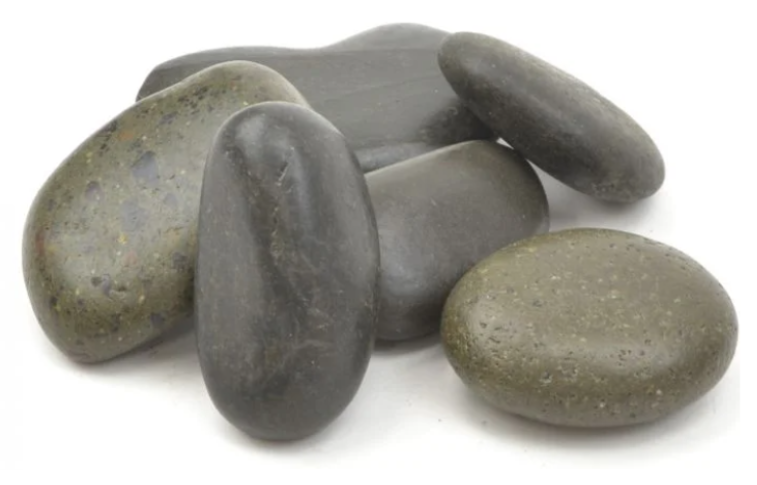For my upcycling project I will be making a ring and hook game with a Japandi aesthetic. The whole set will consist of three pieces: the structure, the scoring board, and the scoring stone. I will find all my materials in the ITLL 24-hour space and the scrap wood bucket. The only exception will be the scoring stone, which I will go searching for in the great outdoors.

[3] https://www.amazon.com/Adults-Interactive-Quickly-Adjustments%E3%80%90Carrying-Included%E3%80%91/dp/B0982N2RSK
The rules of the game are simple. Two players sit across from each other such that both can reach their ring and the scoring board. Both players begin trying to swing the ring and land it on the hook at the same time. Each time a player successfully lands the ring on the hook, they move the stone one space on the scoring board towards the other player. A player wins by scoring a hook when the stone is in the circle closest to their opponent.
The Japandi style is known for incorporating natural elements into the piece. I will take this to heart and find a smooth river stone that is comfortable to hold and aesthetically matches the wood color of the scoring board. I also plan on staining the wood to finish the structure and scoring board so that the ripples of the wood are clearly visible. This will create a finished product that is elegant in its simplicity and has a natural feel.

[1] Jenna Peffley, https://www.architecturaldigest.com/story/japandi-style-101
The structure will be made of three pieces of wood that will be glued together. I am choosing to use glue rather than wood screws because in the Japandi style, fasteners are usually not visible. It will then have two strings hanging down from each side of the ‘T’ shape with rings on the ends. On the central post there will be two hooks, one on each side. The ends of the hooks will be coincident with the stretched path of the string such that the ring can land on the hook (if it comes in contact with the hook at the correct speed and angle). It will have a wider base so that it sits in a stable position on the table. The central column will be around a foot tall and house the two hooks. The top piece will make a ‘T’ with the central column and have the two strings attached to the ends.
The scoring board will be a rectangular piece of wood with five shallow circular holes. I plan to create this piece on the CNC mill so that the internal features are clean and consistent. Like the structure, it will be finished with wood stain so that the natural ripples of the wood are clearly visible.
Finally, I will find a suitable stone somewhere outside. The criteria for a good stone are as follows.
- It should fit comfortably in the palm of your hand and the scoring board circles.
- It should be easy to grab and pick up from any orientation.
- It should be round and appear to be naturally formed by a flowing stream.
- It should be a color that goes well with the stained wood of the scoring board.

[2] https://www.wholesaleflowersandsupplies.com/smooth-river-rocks-cobble-stone.html
Sources:
[1] Jenna Peffley, https://www.architecturaldigest.com/story/japandi-style-101
[2] https://www.wholesaleflowersandsupplies.com/smooth-river-rocks-cobble-stone.html
[3] https://www.amazon.com/Adults-Interactive-Quickly-Adjustments%E3%80%90Carrying-Included%E3%80%91/dp/B0982N2RSK

4 Comments. Leave new
I’ve played this game before so I really love the fact that you will be making an artifact with this aesthetic! I like how you added a twist with your special river rock that you sourced on your own. I bet that was pretty fun! How big will this project be? And does the size affect how easily the game can be played?
That’s a great question. I imagine the dimentions will be around 12″ x 10″ x 2″ for the main structure. I’m hoping to find a size middle-ground where the game is challenging but not impossible.
What a great and unique idea! I love that you explain how the game works for those who may not know. I also really enjoyed your process for finding a good river rock–I look forward to seeing this rock. You are very thorough in how exactly you will make your project. I do wish you would have explained the “Japandi” aesthetic a little bit more though. Other than relying on wood, I don’t know anything else about the style. I would also like to know how you even thought of this idea.
Thanks Tiana! The Japandi aesthetic is essentially the Japanese version of the IKEA or ‘scandi’ aesthetic. The pieces are simple, smooth, and include elements of nature. I came up with the idea to make this game after I was unable to aquire one at a white elephant party this Christmas. It was stolen 3 times before I had the chance to snag it so I’m left with no choice but to make one myself!